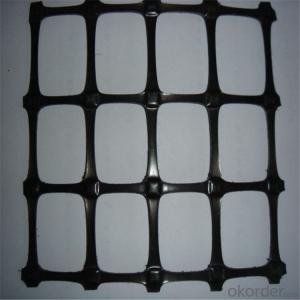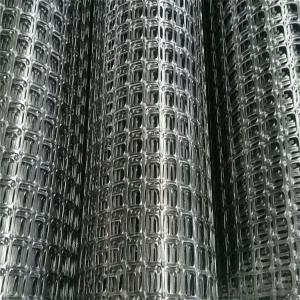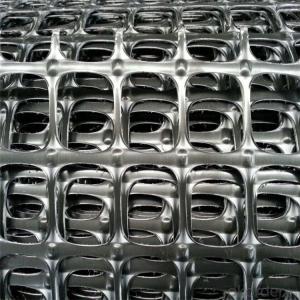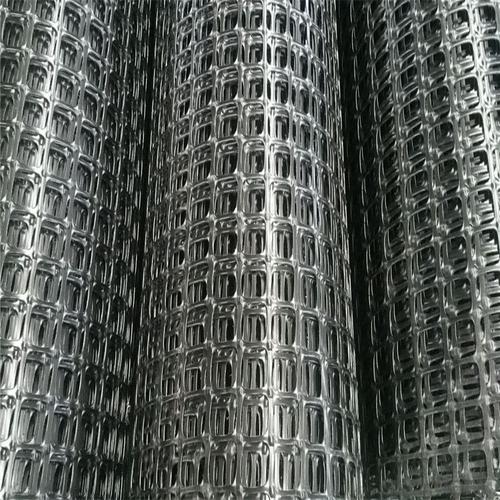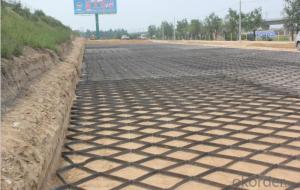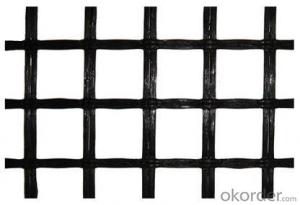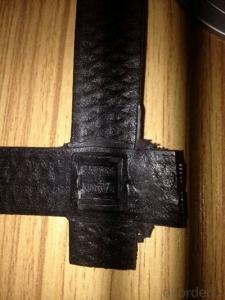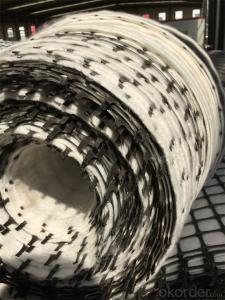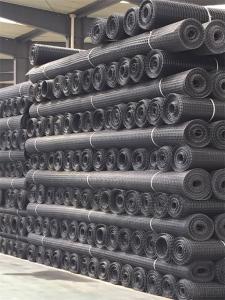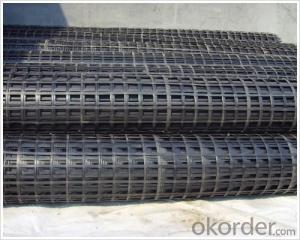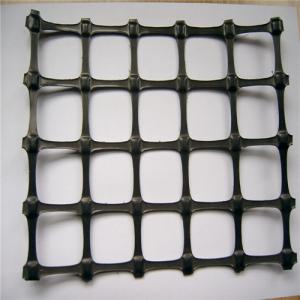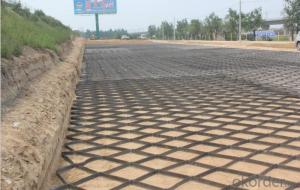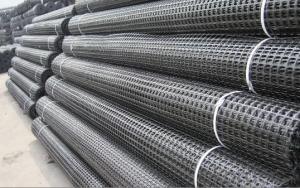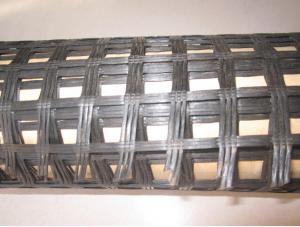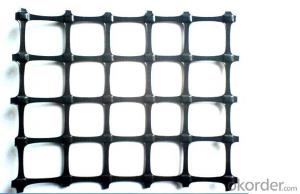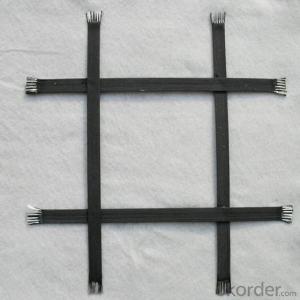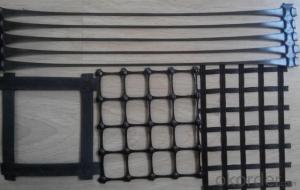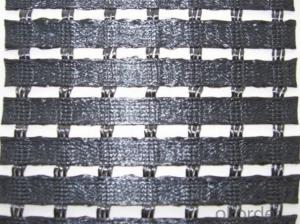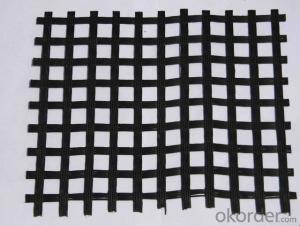High Tensile Strength PP Biaxial Geogrids and Geocells
- Loading Port:
- Qingdao
- Payment Terms:
- TT or LC
- Min Order Qty:
- 1000 g/m²
- Supply Capability:
- 10000 g/m²/month
OKorder Service Pledge
OKorder Financial Service
You Might Also Like
Product Specification---PP Biaxial Geogrid
Introduction:
Biaxial geogrid, made of high molecular polymer, is extruded into sheet and then punched into regular mesh pattern, and finally stretched in longitudinal and transverse directions.
Features:
1. With high tensile strength in longitudinal and transverse directions
2.This structure can provide an chain system of more effective force bearing and spreading for the soil.
Application:
Mainly applied in highway, railway, slope protecting projects etc.
1)strengthen land loading capacity and extend its service life.
2) convenient to construct ;
reducing project cost and maintenance cost.
Properties of PP Biaxial Geogrid (Test Method: ASTM D 6637)
Item Spec | TGSG 15-15 | TGSG 20-20 | TGSG 25-25 | TGSG 30-30 | TGSG 35-35 | TGSG 40-40 | TGSG 45-45 | TGSG 50-50 | ||
Tensile Strength ≧(Kn/m) | MD | 15 | 20 | 25 | 30 | 35 | 40 | 45 | 50 | |
TD | 15 | 20 | 25 | 30 | 35 | 40 | 45 | 50 | ||
Nominal Elongation ≦(%) | MD | 15 | ||||||||
TD | 13 | |||||||||
Tensile Strength at 2% Strain ≧(Kn/m) | MD | 5 | 7 | 9 | 10.5 | 12 | 14 | 16 | 17.5 | |
TD | 5 | 7 | 9 | 10.5 | 12 | 14 | 16 | 17.5 | ||
Tensile Strength at 5% Strain ≧(Kn/m) | MD | 7 | 14 | 17 | 21 | 24 | 28 | 32 | 35 | |
TD | 7 | 14 | 17 | 21 | 24 | 28 | 32 | 35 | ||
Junction Efficiency (%) | 93 | |||||||||
Width ≦(m) | 6 | |||||||||
Note: MD: Machine direction
TD: Transverse direction
Images of PP Biaxial Geogrid
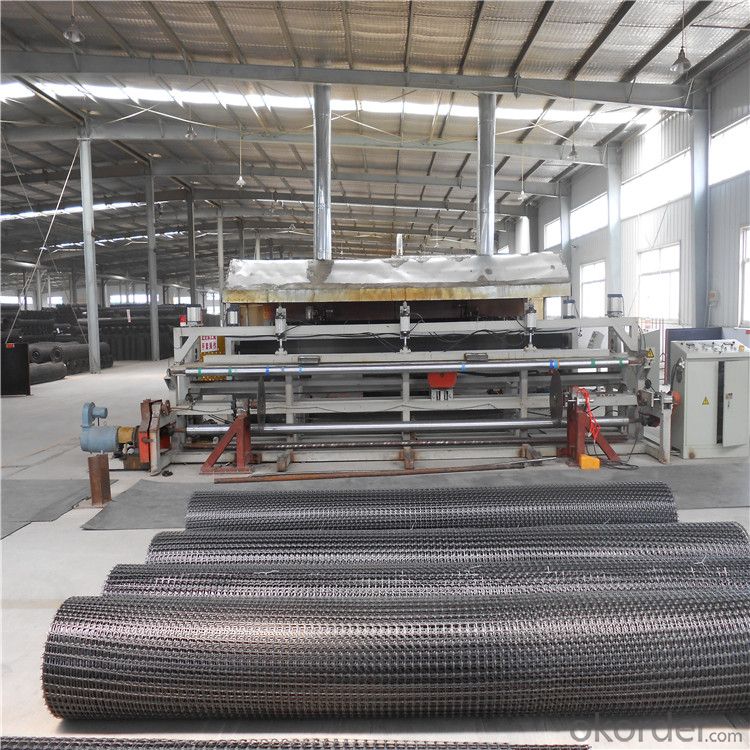
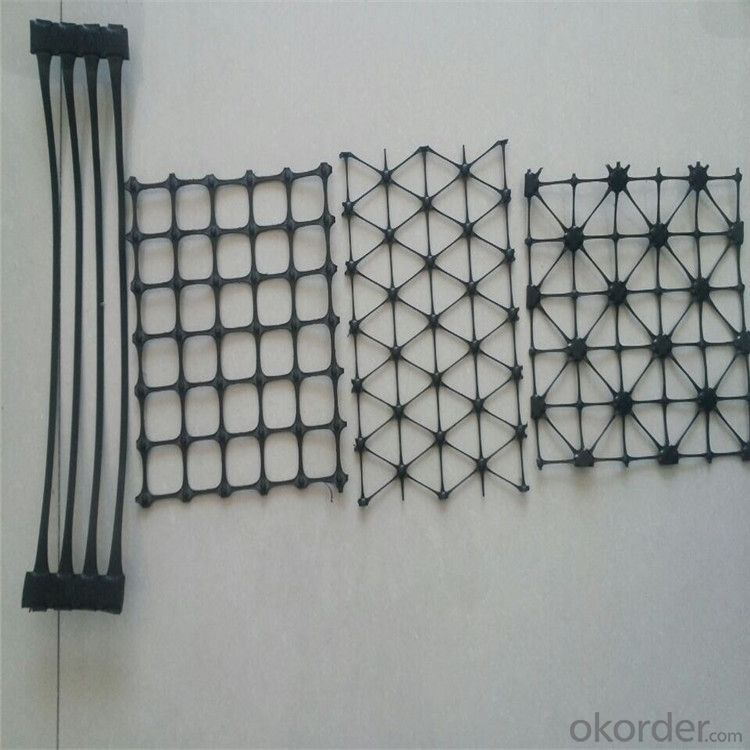
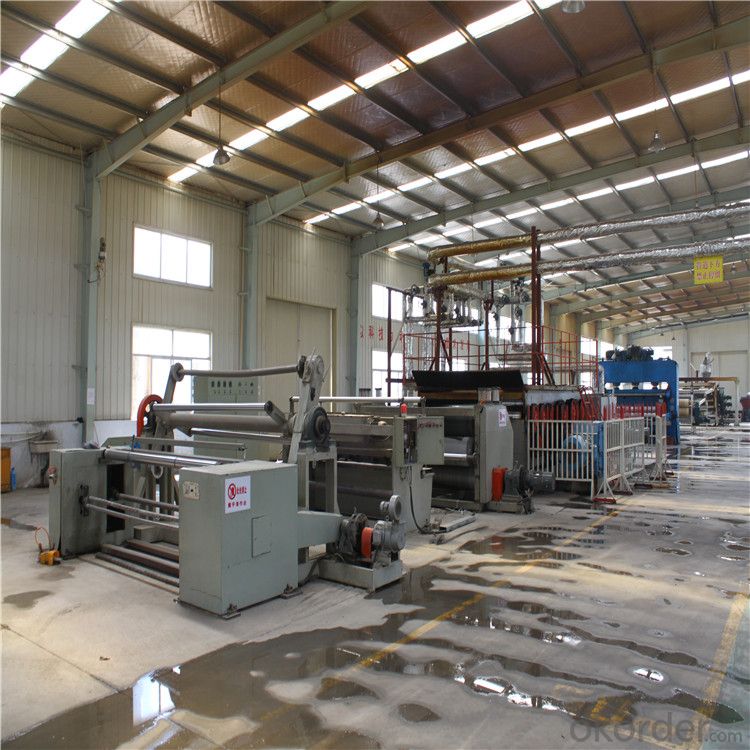
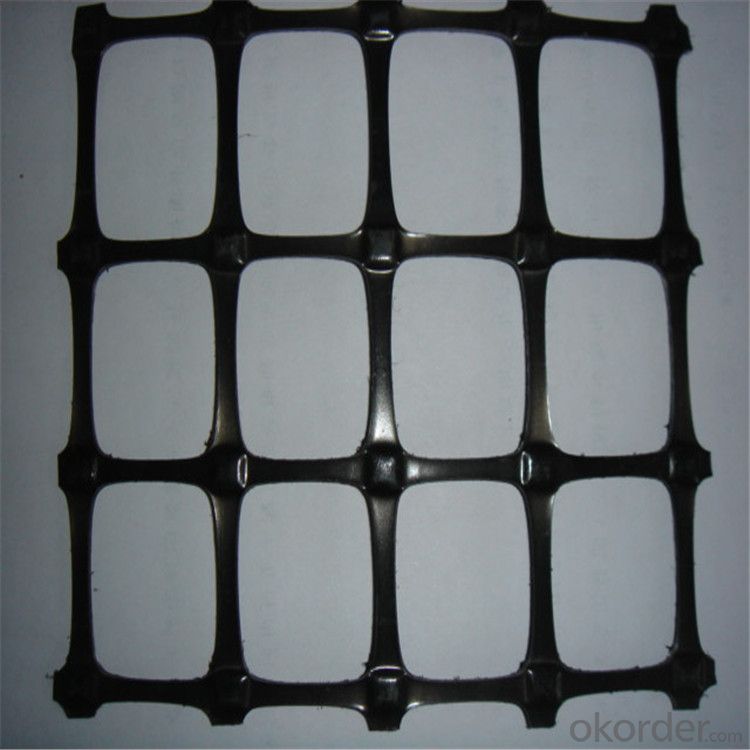
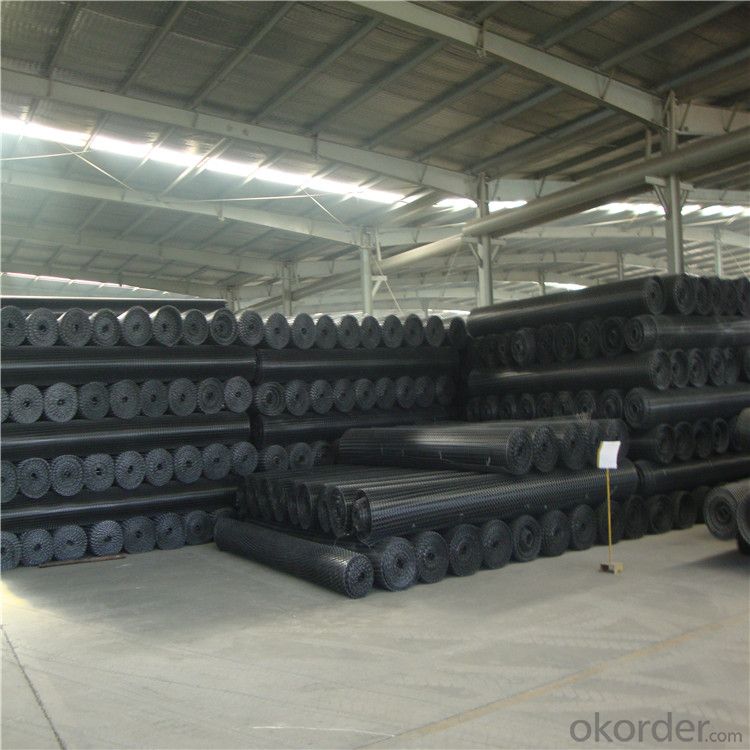
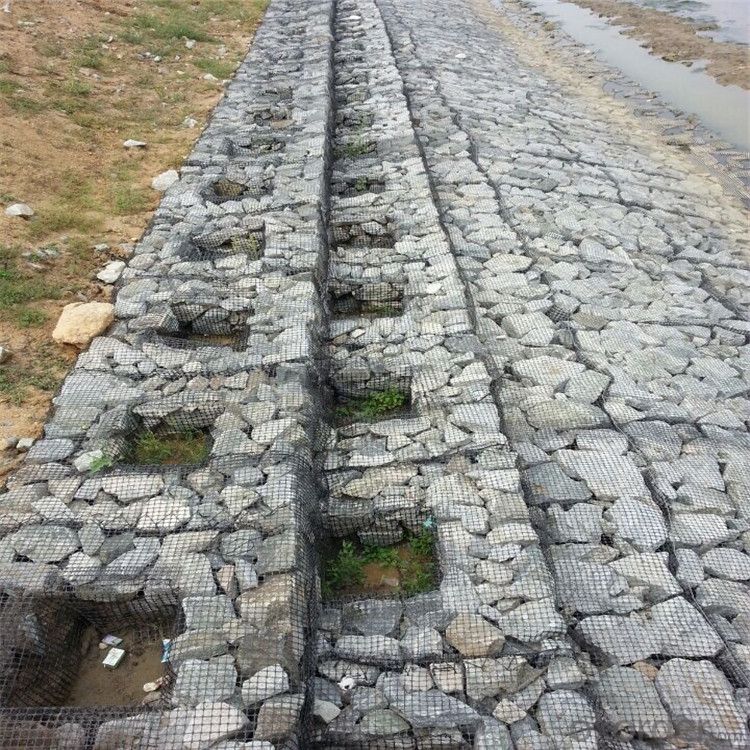
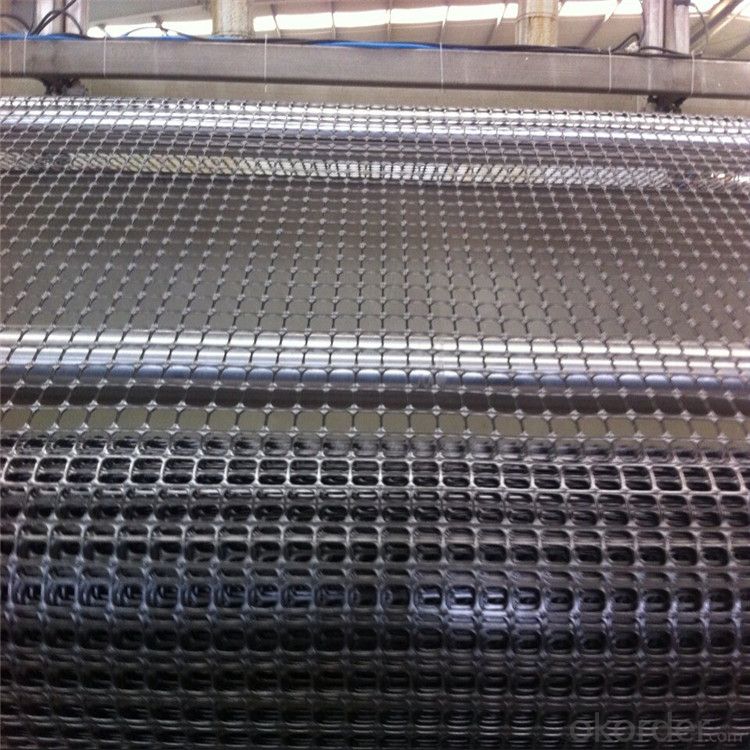
- Q: How do geogrids improve the stability of slopes?
- Geogrids improve the stability of slopes by providing reinforcement and preventing soil movement. They act as a barrier, distributing the forces exerted on the slope more evenly, reducing the risk of slope failure. Geogrids also increase the friction between soil layers, enhancing their shear strength and overall stability.
- Q: How do geogrids help in reducing construction labor requirements?
- Geogrids help in reducing construction labor requirements by providing reinforcement and stability to the soil, which eliminates the need for excessive excavation, backfilling, and compaction. This saves time and effort for the construction workers, as geogrids can bear heavy loads and prevent soil movement, reducing the need for extensive manual labor.
- Q: What are the differences between geogrids and geocells in terms of installation?
- Geogrids and geocells differ in terms of installation as geogrids are typically laid down on the ground and then covered with soil or aggregate material, while geocells are assembled and connected together to form a three-dimensional structure that is filled with soil or aggregate material. The installation of geogrids involves unrolling and securing the material to the ground, while geocells require interlocking the individual cells and securing them in place before filling.
- Q: Are there any specific maintenance requirements for geogrids?
- Yes, geogrids have specific maintenance requirements. They should be inspected regularly for any signs of damage or deterioration, such as tears, fraying, or disintegration. If any issues are found, appropriate repairs or replacements should be made promptly to ensure the geogrid's effectiveness. Additionally, geogrids should be kept clean and clear of any debris or vegetation that could impact their performance.
- Q: Can geogrids be used in erosion control blankets?
- Yes, geogrids can be used in erosion control blankets. Geogrids are commonly used as reinforcement materials in erosion control applications to provide additional strength and stability to the blanket, preventing soil erosion and promoting vegetative growth.
- Q: EG65R type geogrid meaningWhat is the meaning of EG, said 65 per meter of tensile strength is 65kN? 65KN/m R will be broken? What is the meaning?
- General use of EGA on behalf of glass fiber grille, EG65R should also be fiberglass grille, it is estimated that less than a letter
- Q: Are geogrids suitable for coastal engineering projects?
- Yes, geogrids are suitable for coastal engineering projects. They provide effective erosion control, stabilize and reinforce coastal structures, and can withstand harsh coastal conditions. Geogrids help prevent soil erosion, improve slope stability, and enhance drainage, making them an ideal choice for coastal engineering projects.
- Q: What criteria should be used in the construction of Geogrid
- A brief introduction of geogrid:A grille is made of polypropylene, PVC polymer and thermoplastic or molded by two-dimensional grid or a certain height of the three-dimensional mesh screen, when used as a civil engineering, called geogrid. Geogrid is a kind of main geosynthetics, which has unique properties and effects compared with other geosynthetics. Geogrid is often used as reinforcement of reinforced soil structure or composite material. Geogrid is divided into four categories: plastic geogrid, steel plastic geogrid, fiberglass geogrid and polyester warp knitted polyester geogrid.
- Q: Are geogrids effective in preventing soil erosion on coastal cliffs?
- Yes, geogrids are effective in preventing soil erosion on coastal cliffs.
- Q: What are the advantages of using geogrids in ground improvement for slope stabilization?
- There are several advantages of using geogrids in ground improvement for slope stabilization. Firstly, geogrids provide reinforcement to the soil, increasing its strength and stability. This helps to prevent slope failures and landslides. Secondly, geogrids help to distribute the load more evenly across the slope, reducing the stress on the soil. This can improve the overall performance and longevity of the slope stabilization system. Additionally, geogrids are easy to install and cost-effective compared to other methods of slope stabilization. They can be used in a variety of soil conditions and are resistant to degradation from environmental factors. Overall, geogrids offer a reliable and efficient solution for slope stabilization, reducing the risks associated with unstable slopes.
Send your message to us
High Tensile Strength PP Biaxial Geogrids and Geocells
- Loading Port:
- Qingdao
- Payment Terms:
- TT or LC
- Min Order Qty:
- 1000 g/m²
- Supply Capability:
- 10000 g/m²/month
OKorder Service Pledge
OKorder Financial Service
Similar products
Hot products
Hot Searches
Related keywords
